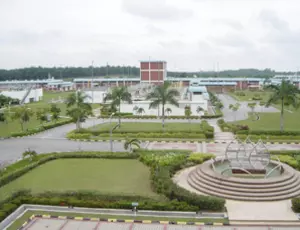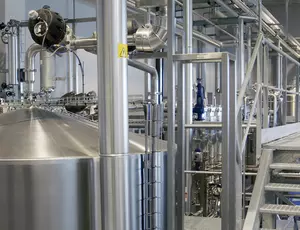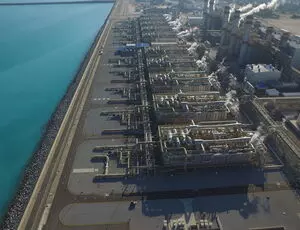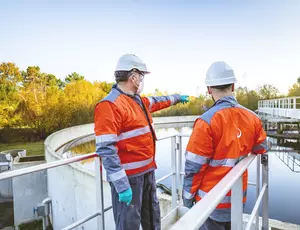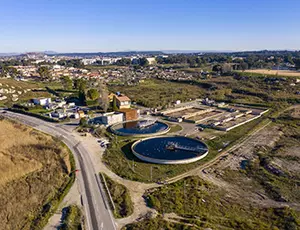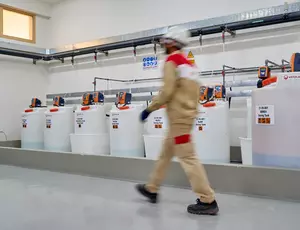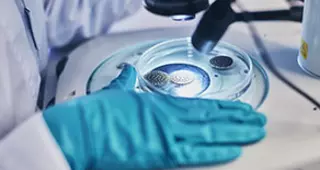Rapid dissolved air flotation unit
Overview
The clarification of water is a key step in any water treatment line to remove suspended solids. It is a particularly critical step when the water to be treated contains low-density particles such as algae. Based on the dissolved air flotation (DAF) process, Spidflow® is an excellent solution for the treatment of surface water in order to produce high-quality drinking water or process water.
The technology can also be positioned on municipal and industrial wastewater applications to achieve high treatment efficiency. In addition, Spidflow is particularly well suited in the pretreatment of seawater desalination by reverse osmosis — upstream of a gravity filter or membrane filtration — for the removal of algae during proliferation episodes.
Our process provides unequaled water treatment efficiency by clarifying surface water (from lakes, dams or rivers), containing up to 80 milligrams per liter of suspended solids and eliminating over 99% of algae, over 50% of organic matters, over 90% of color and over 90% of oils and hydrocarbons.
How Spidflow works
Spidflow operates in three stages starting with coagulation which consists of adding chemical reagents in the water to be treated to form small flocs. Next comes flocculation to enlarge the flocs so they are coupled with fine air bubbles in the third step. This final step, clarification, is made possible with a white water production (air and water mix under 5-6 bars or less) capable of generating fine air bubbles which are released in the system to cause the low density particles to float, allowing liquid-solids separation.
Then the sludge floating on the surface is collected and discharged, while the clarified water is collected at the bottom of the unit.
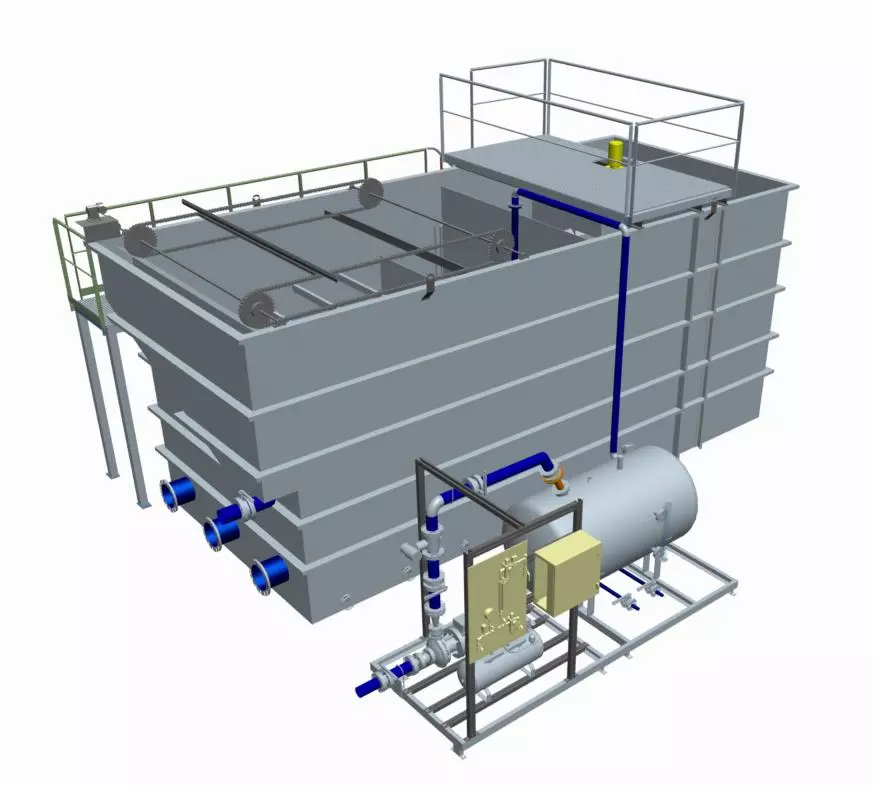
Features and benefits
Although performances depend on the type of water to be treated, Spidflow always offers:

Compactness, with 75% less footprint compared to conventional flotation units.

High levels of clarification, between 20 and 60 m/h depending on the application.

A significant reduction in the clogging ability of water thanks to excellent clarified water Silt Density Index (SDI).

High concentrations of floating sludge, which does not require an additional thickening stage.

Flexibility and responsiveness to variations in the quality of water to be treated thanks to full and advanced automation.

Ease of installation, operation and maintenance

Quick start-up: within a few minutes.

Competitive operating costs thanks to optimized use of chemicals.
Applications
Services
Product range and resources
Spidflow® Filter
Advanced seawater reverse osmosis (SWRO) pre-treatment technology combining the advantages of Spidflow®and Filtraflo™ TGV for high-rate flotation and media filtration.
FAQ about Spidflow®
What is dissolved air flotation?
Dissolved air flotation (DAF) is a process used to remove suspended solids, algae, oils and grease, and other contaminants from various types of water. This process introduces fine air bubbles into the water, which bind to the suspended particles, causing them to float to the surface of the unit. The flotation process creates a layer of floating sludge as a foam, which is then skimmed off and removed from the water.
What is dissolved air flotation used for?
It is widely used in drinking water production plants, municipal wastewater treatment plants and industrial wastewater treatment plants (food and beverage, oil and gas, etc.). For municipal and industrial wastewater, DAF can be used as primary treatment or as secondary treatment to separate biological sludge from clean water. For drinking water or process water, it is used for the clarification of water taken from the natural environment, before further treatment.
Why is dissolved air flotation essential in the pre-treatment of seawater desalination?
The removal of algae and hydrocarbons from seawater is crucial for seawater desalination plants, and DAF is the best way to stop them before the reverse osmosis membranes. This is especially true during periods of algal blooms because DAF is not sensitive to the large variations in algal concentration that occur during these periods. Reverse osmosis membranes are also very sensitive to hydrocarbons, which are also very well stopped by DAF.
Case Studies
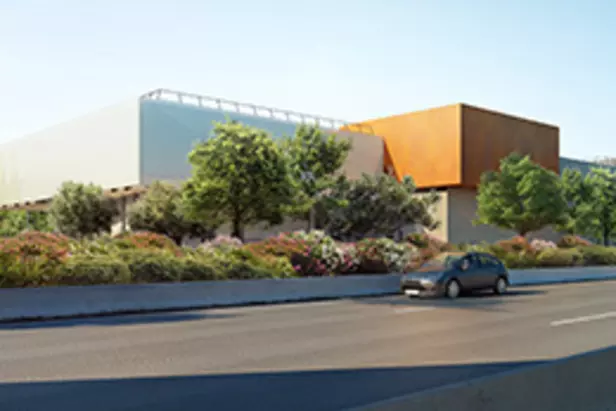
In 2019, The Nice Côte d'Azur Metropolis, strongly committed to the ecological transition, inaugurated its innovative and future-oriented wastewater treatment facility christened "Aeris". Designed with capacity of 160,000 equivalent habitant this plant located in Cagnes-sur-Mer converts its sludge into green energy by injecting biomethane into the GRDF network and valorises the available heat and energy at each stage of its process thus making it the first wastewater treatment plant in France with a positive energy balance.
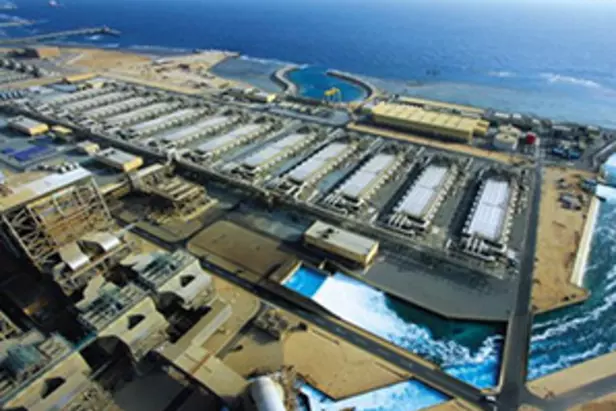
The Oman Sur desalination plant is located in the Sharqiyah region of Oman. Using the Spidflow technology and the smart membranes tool of Hubgrade, the plant helps fight the depletion of the region’s limited groundwater resources by processing over 200,000 m3/day of seawater.



